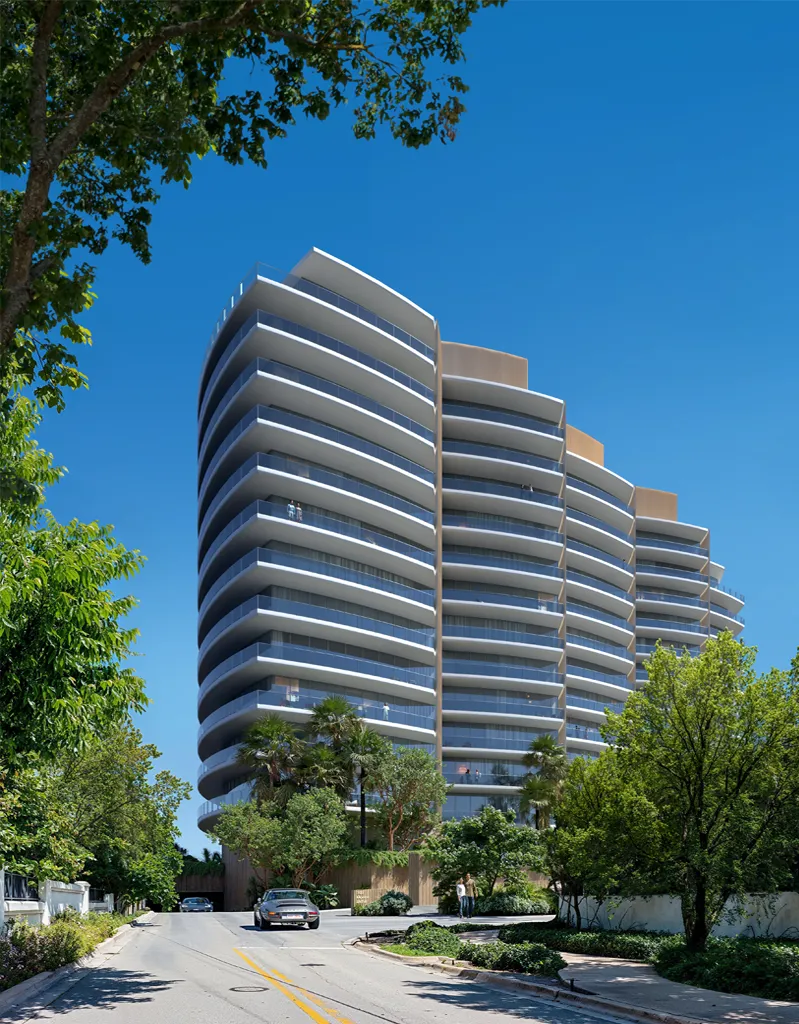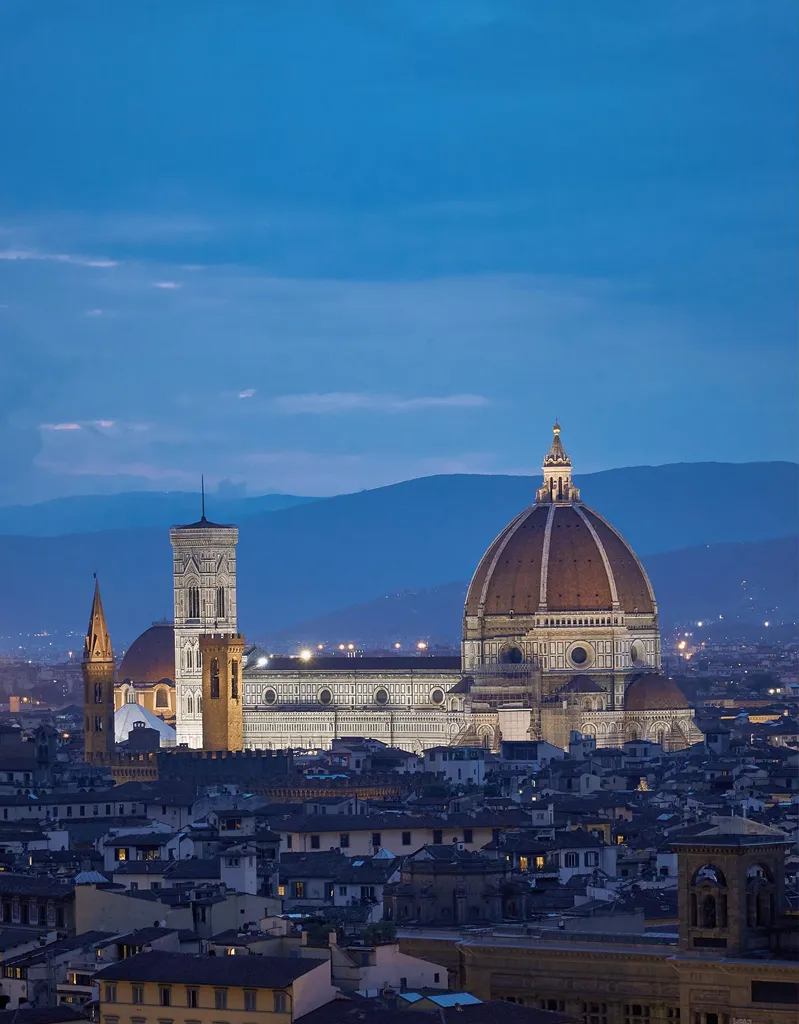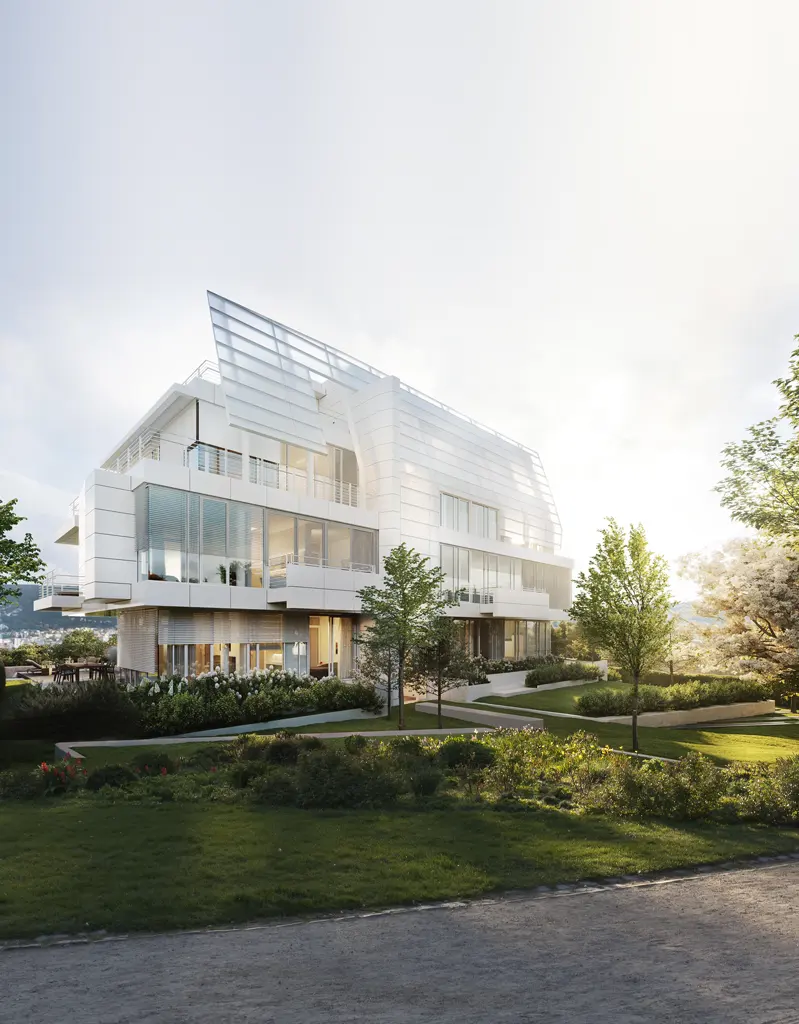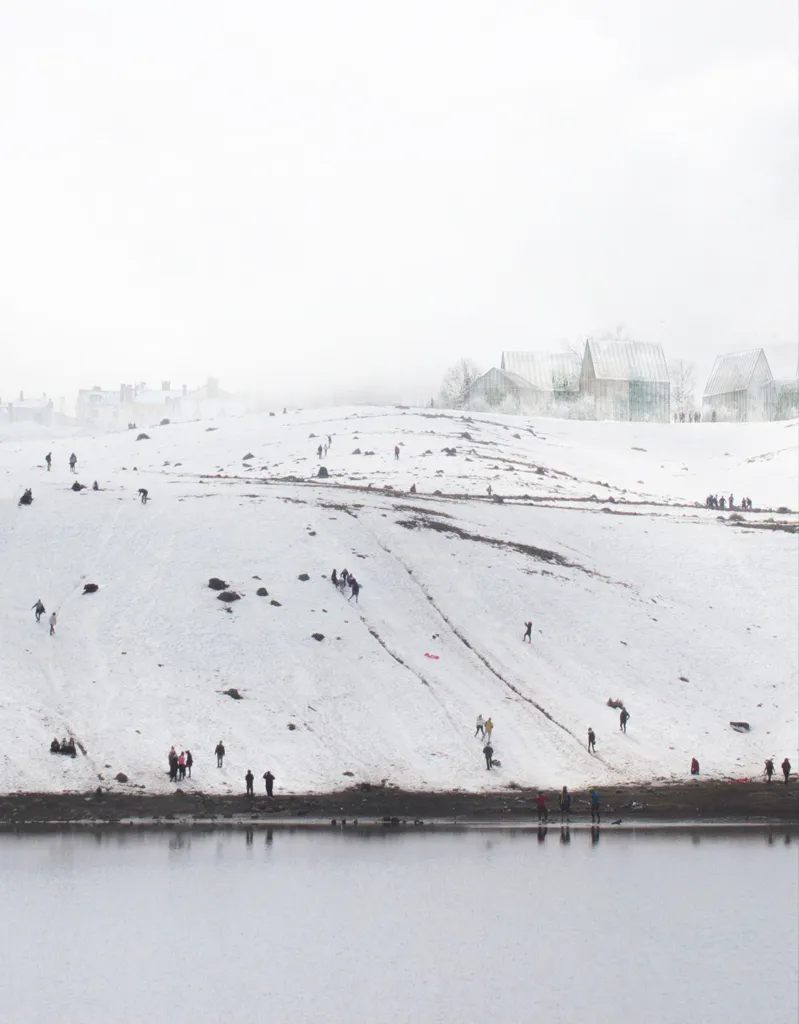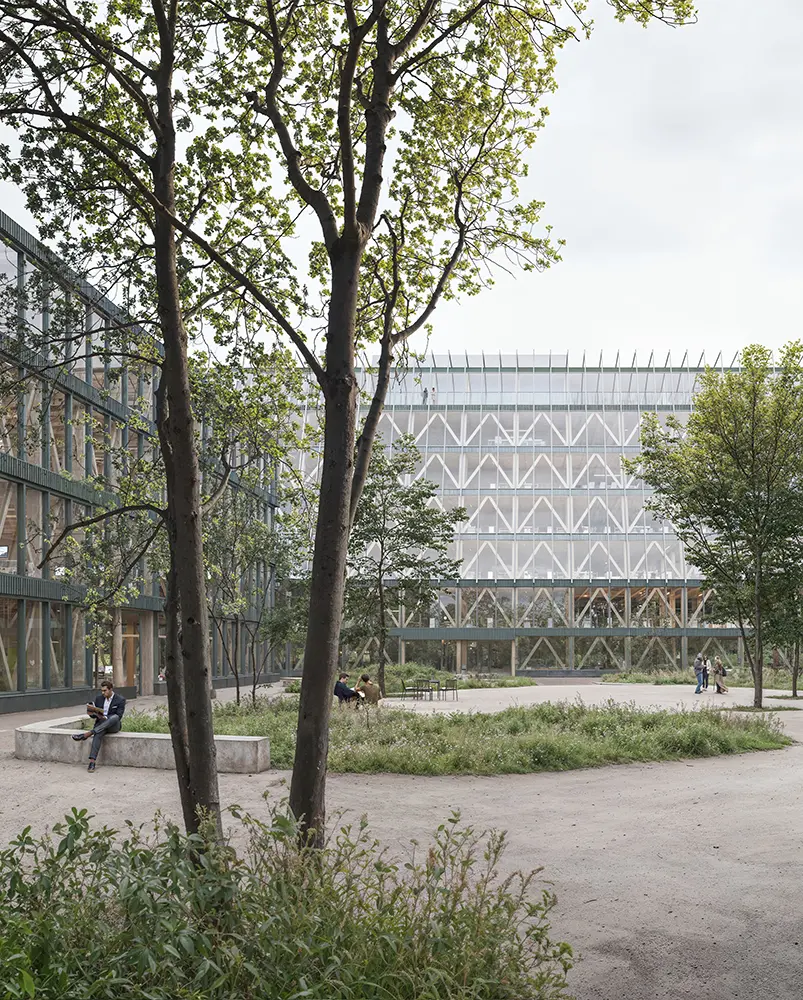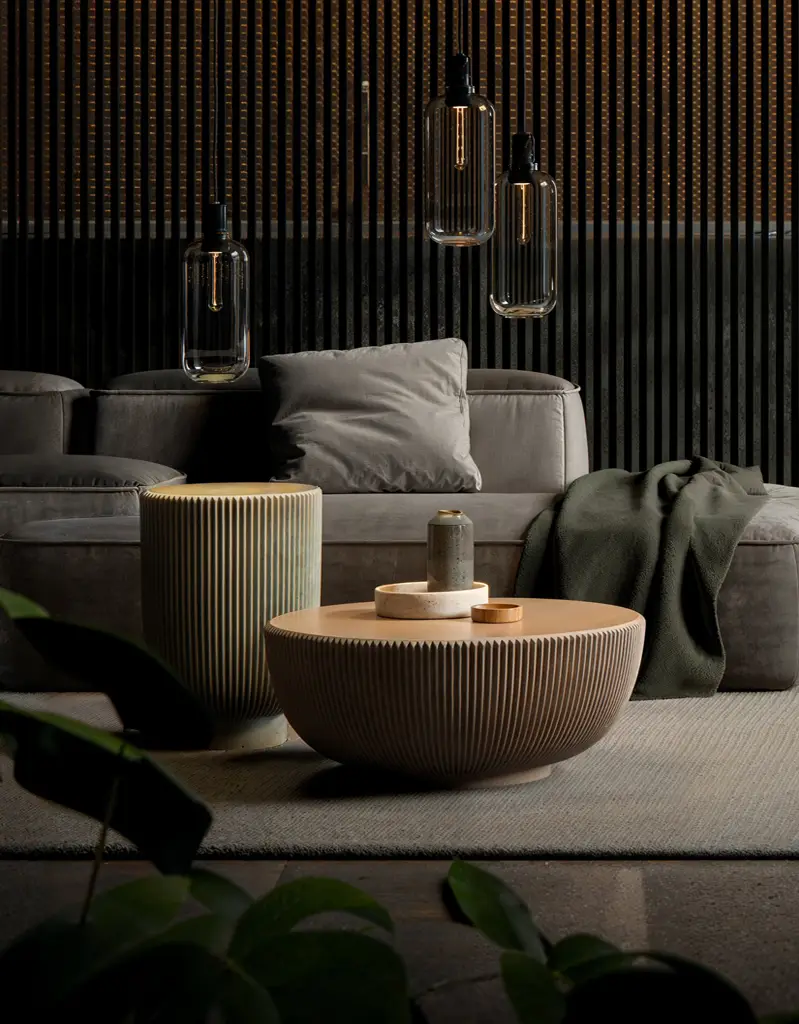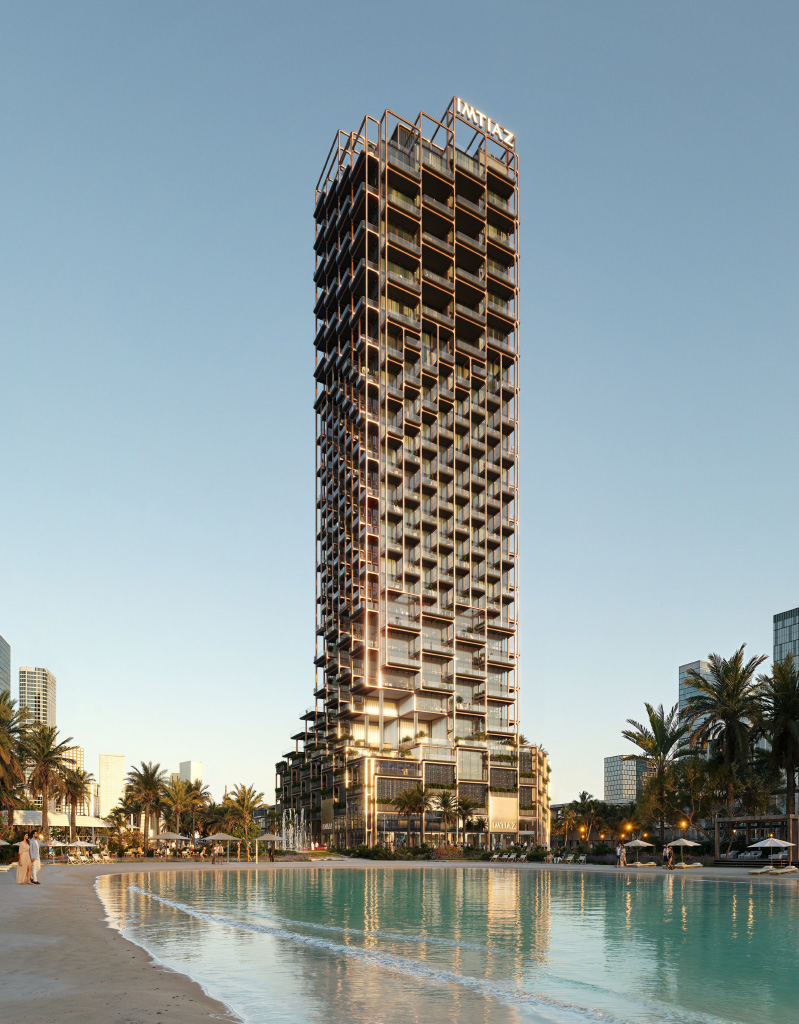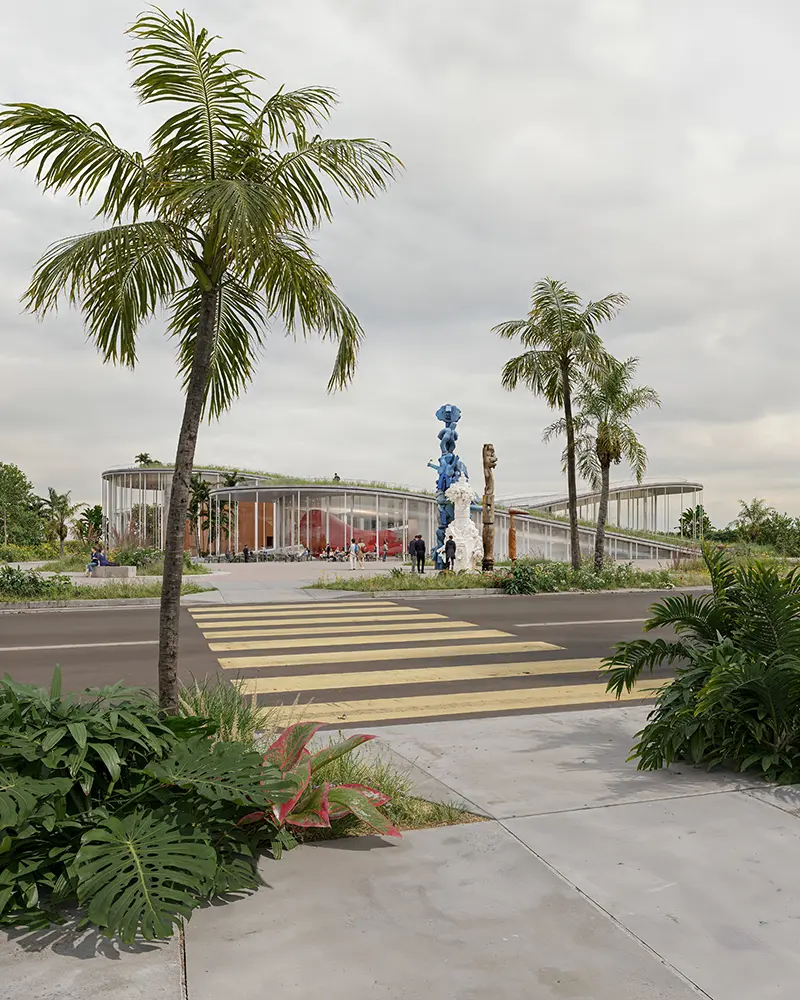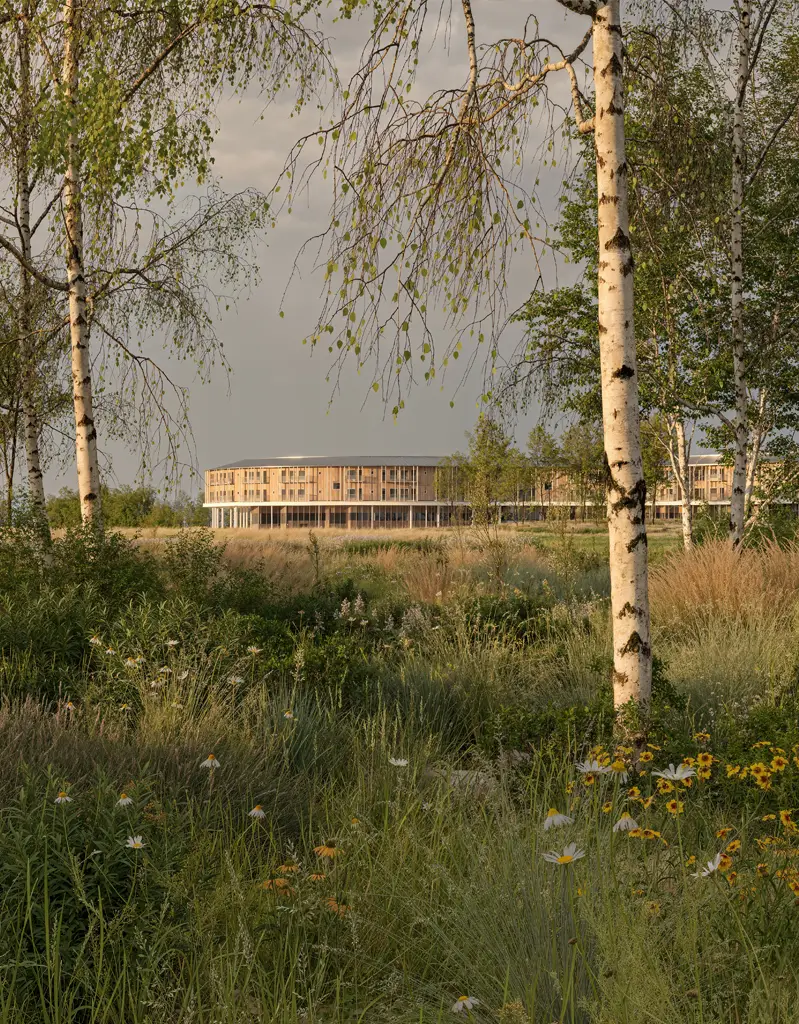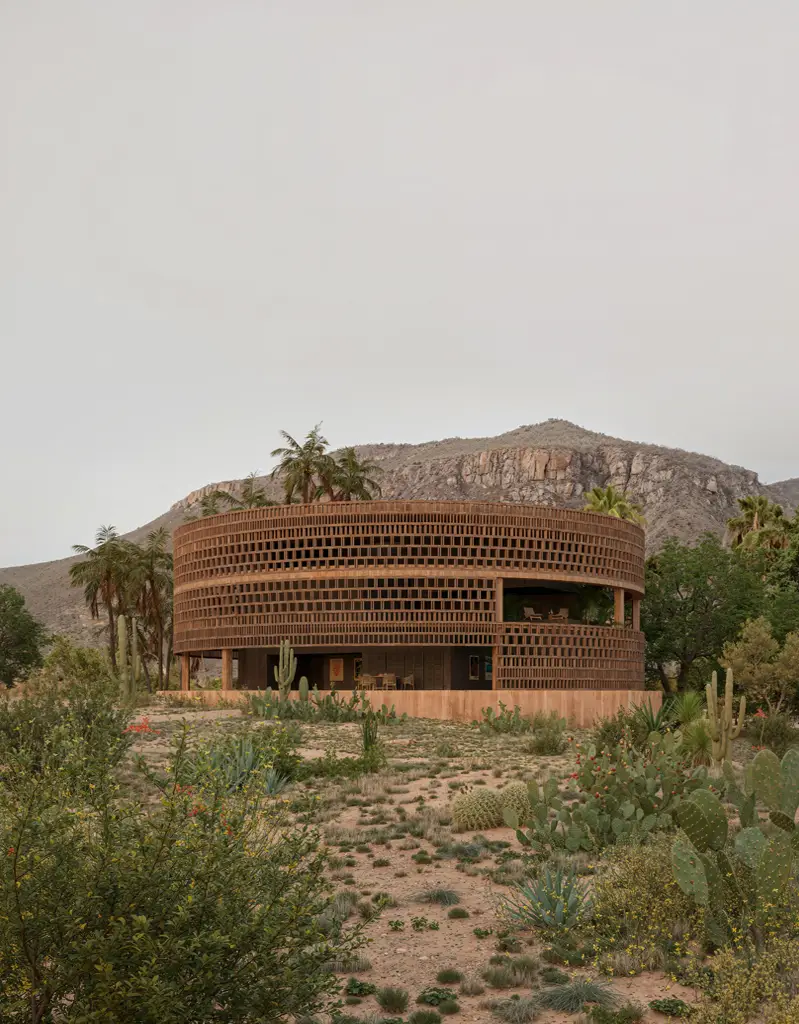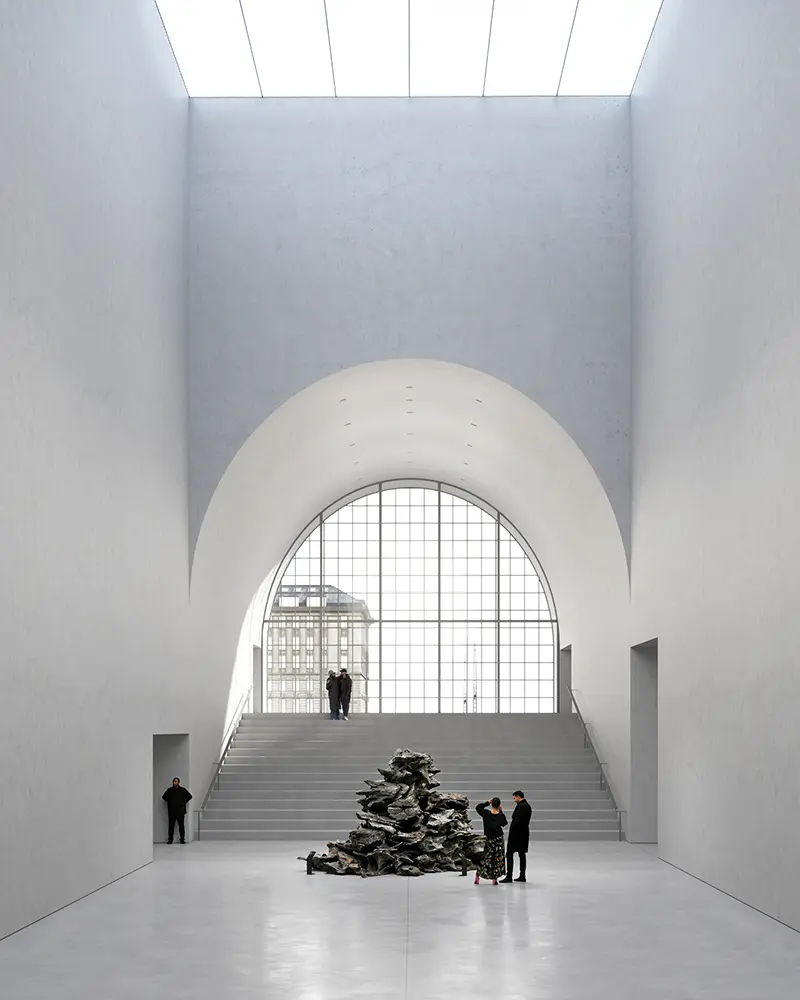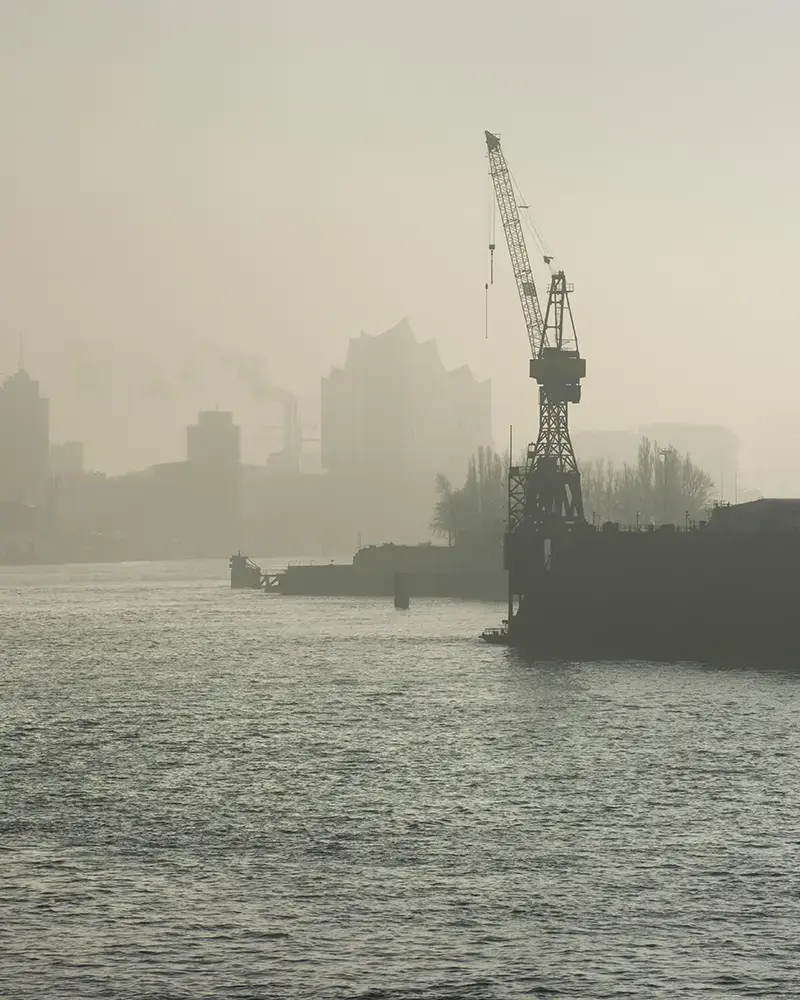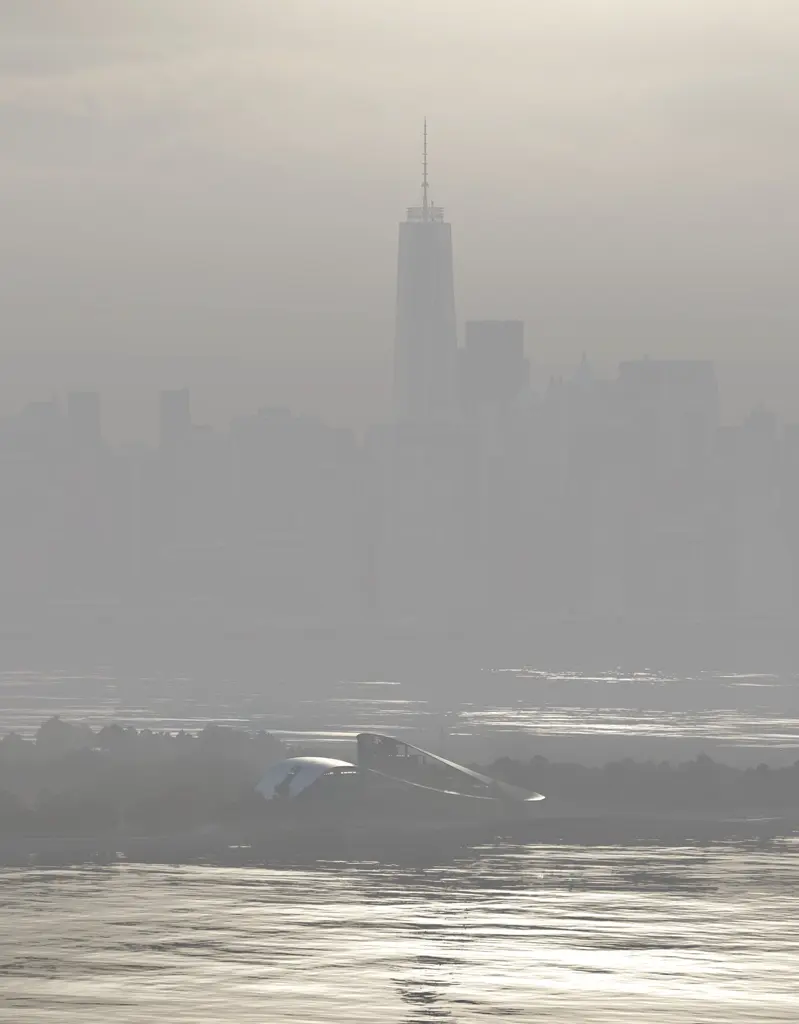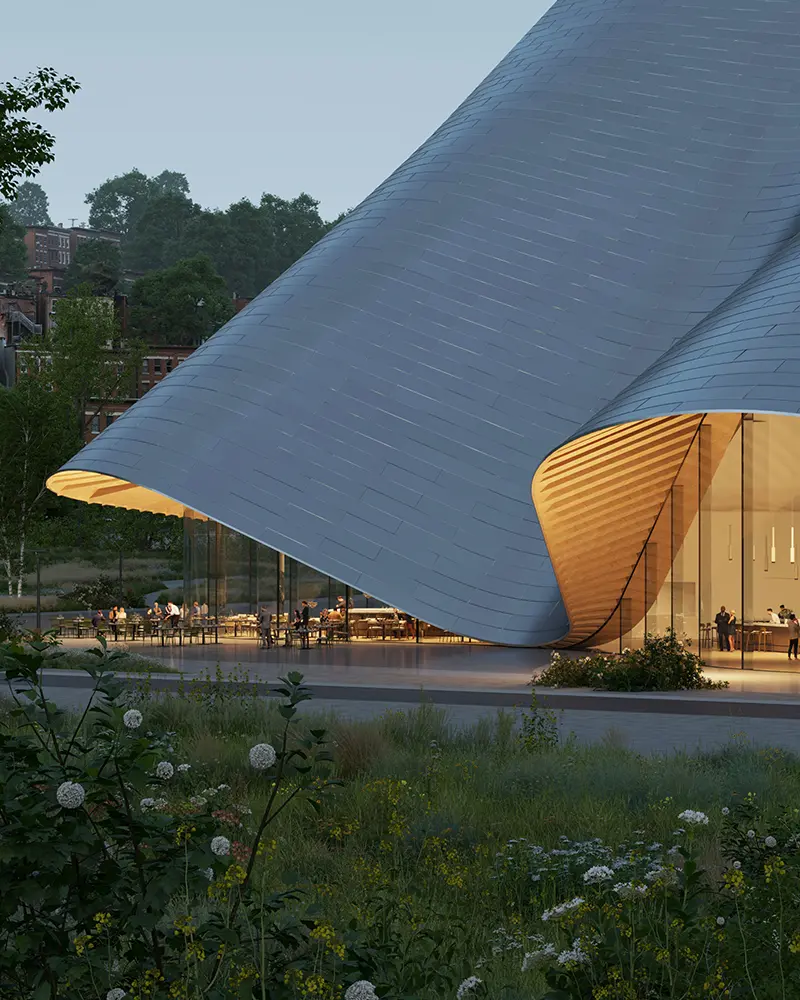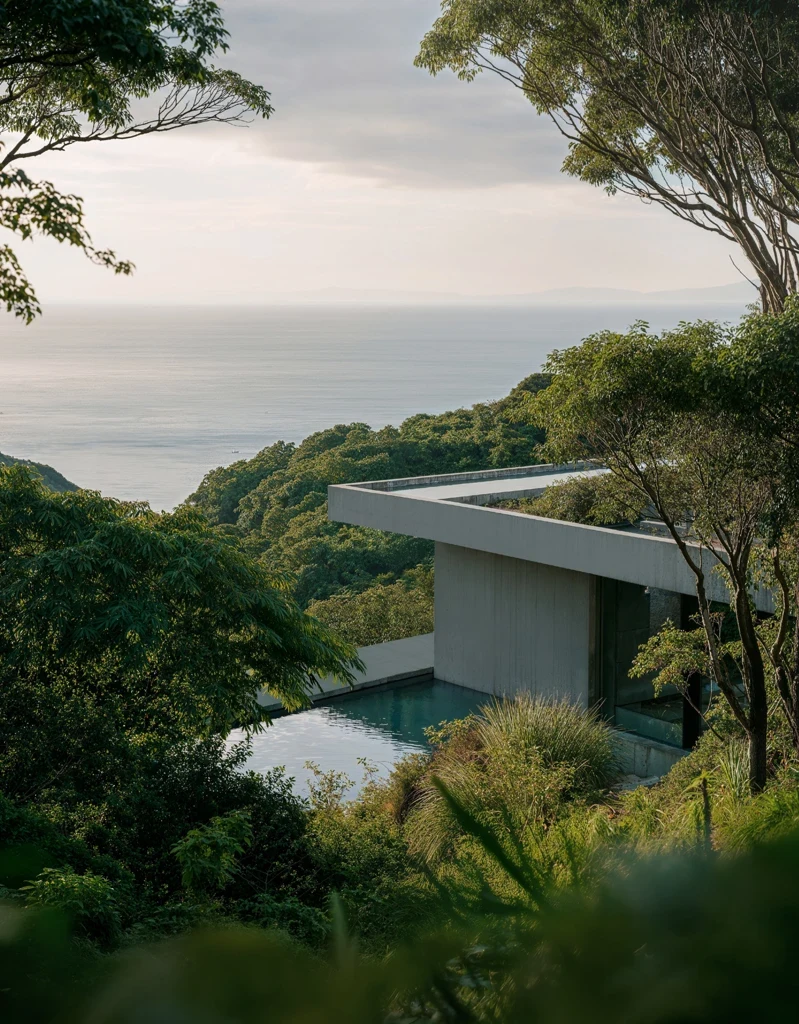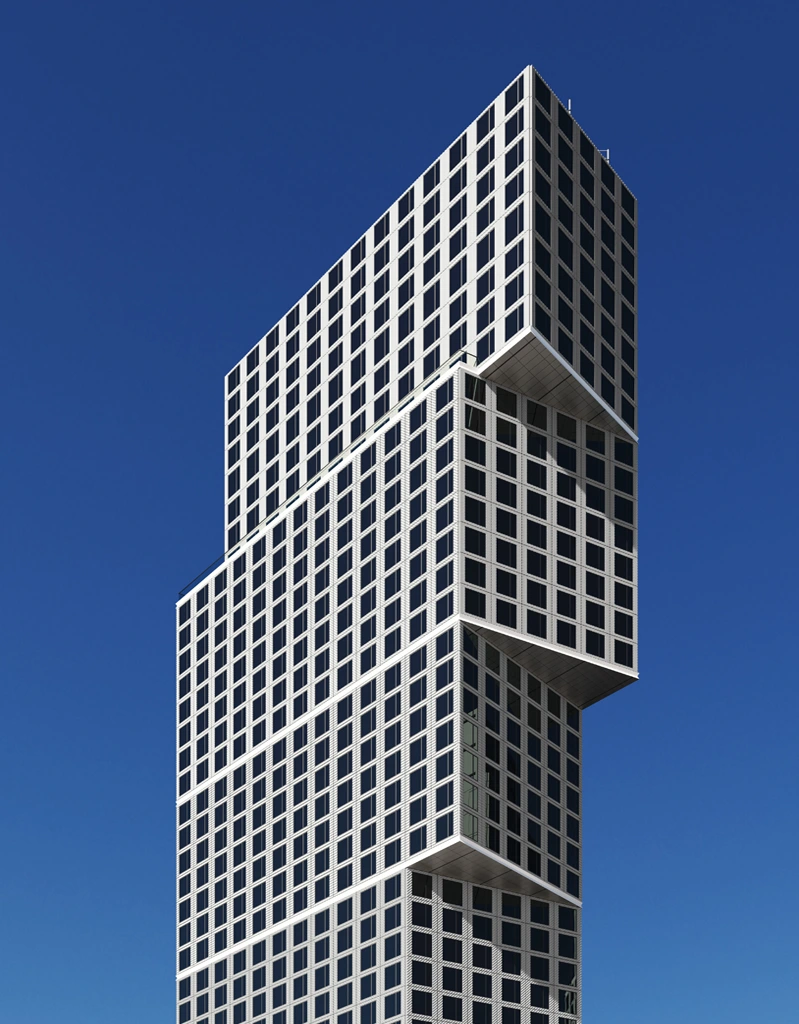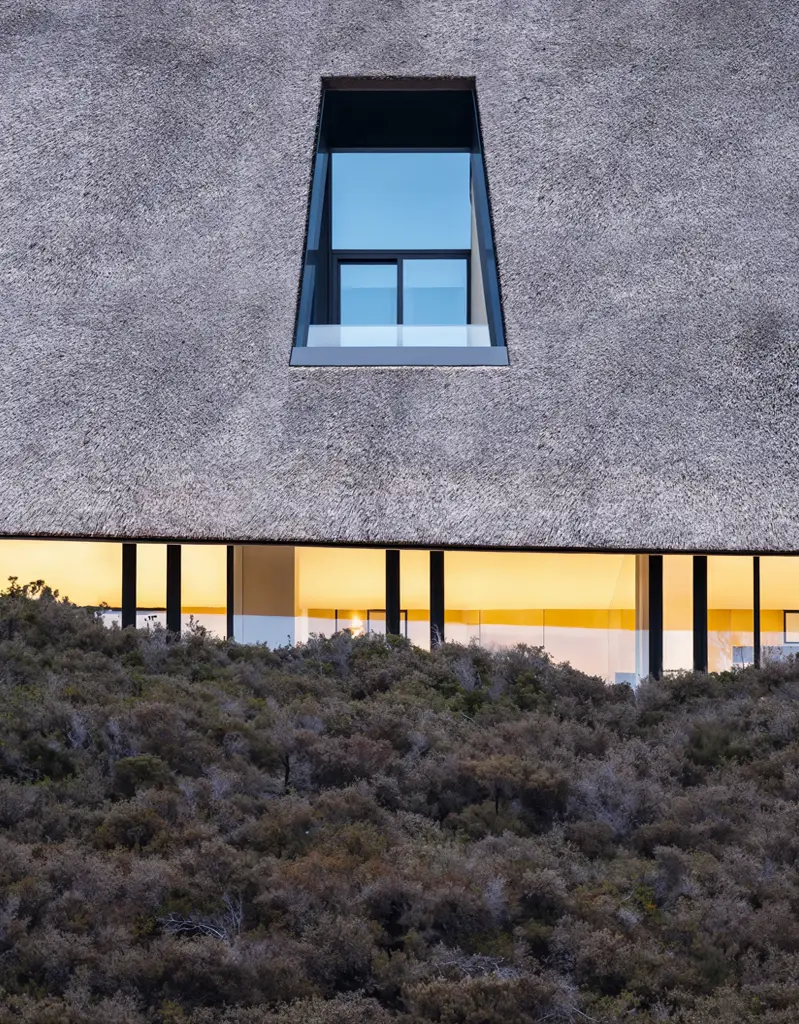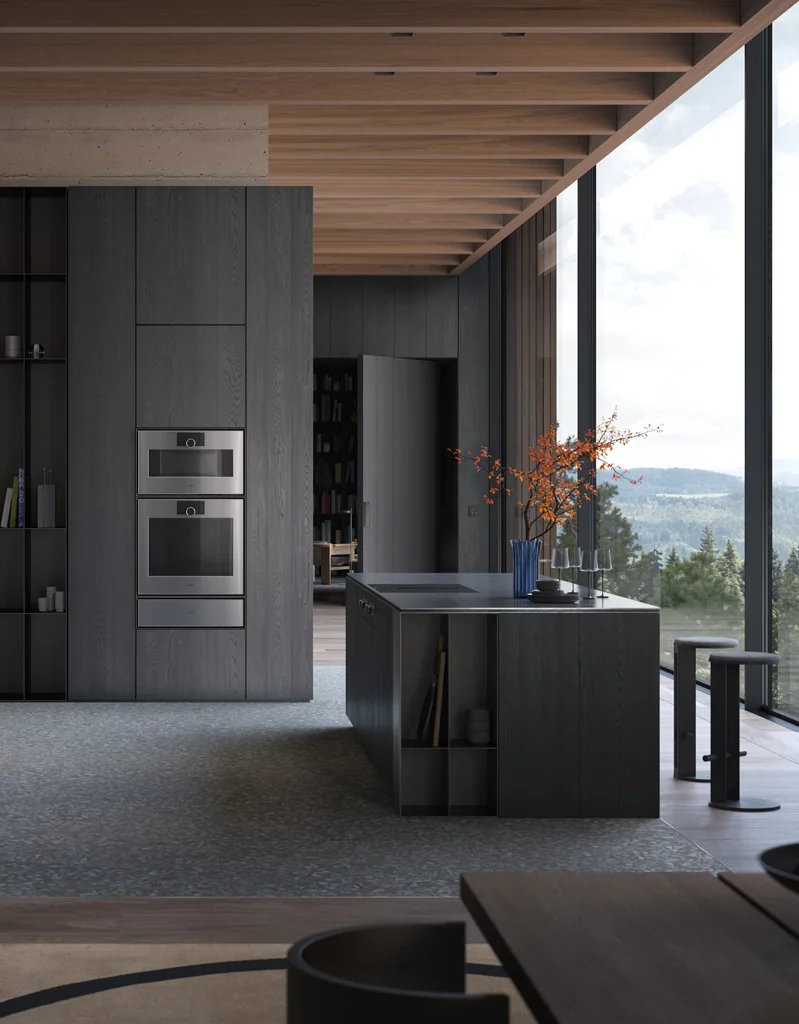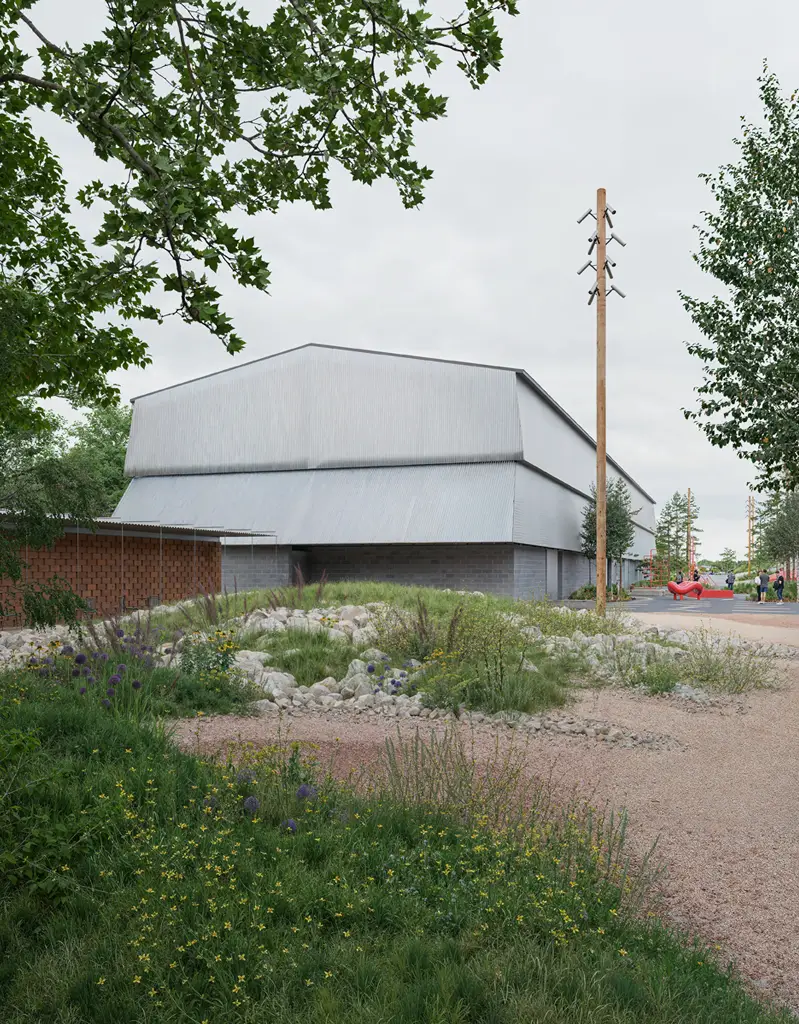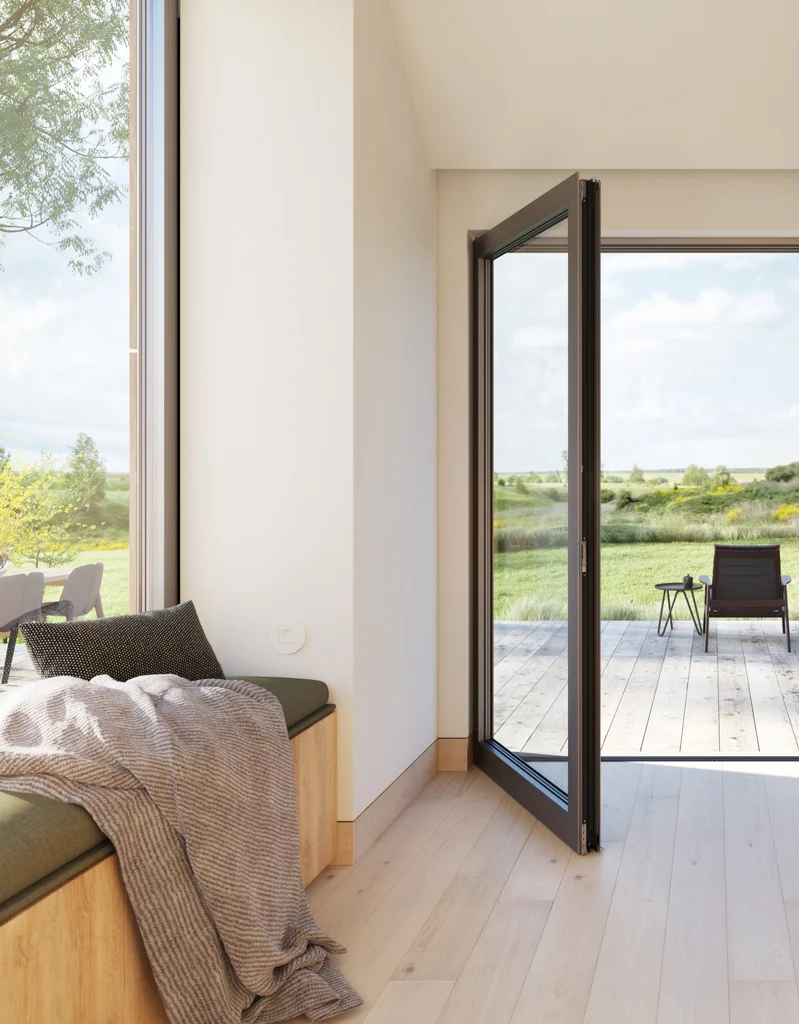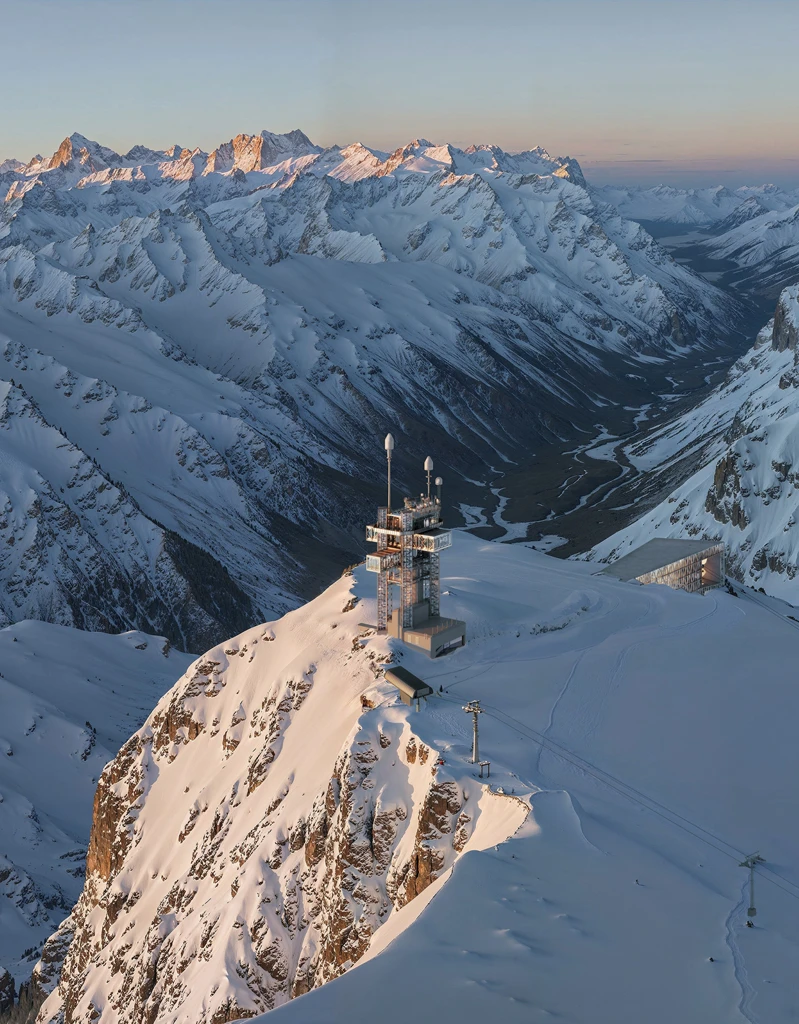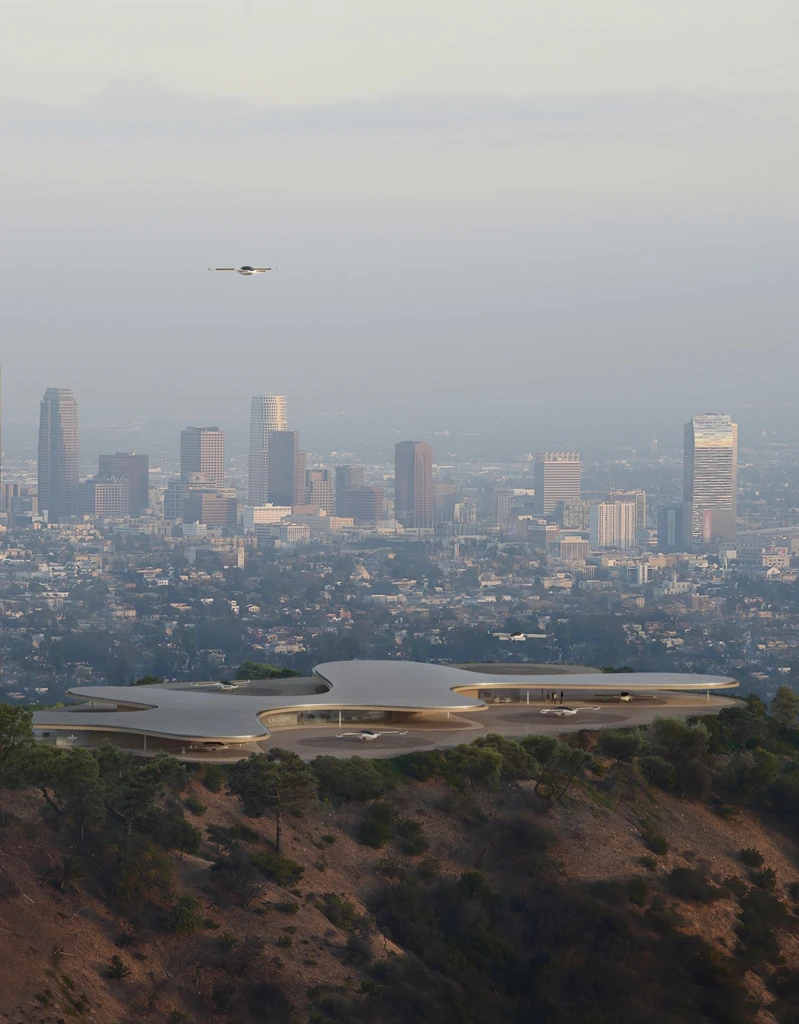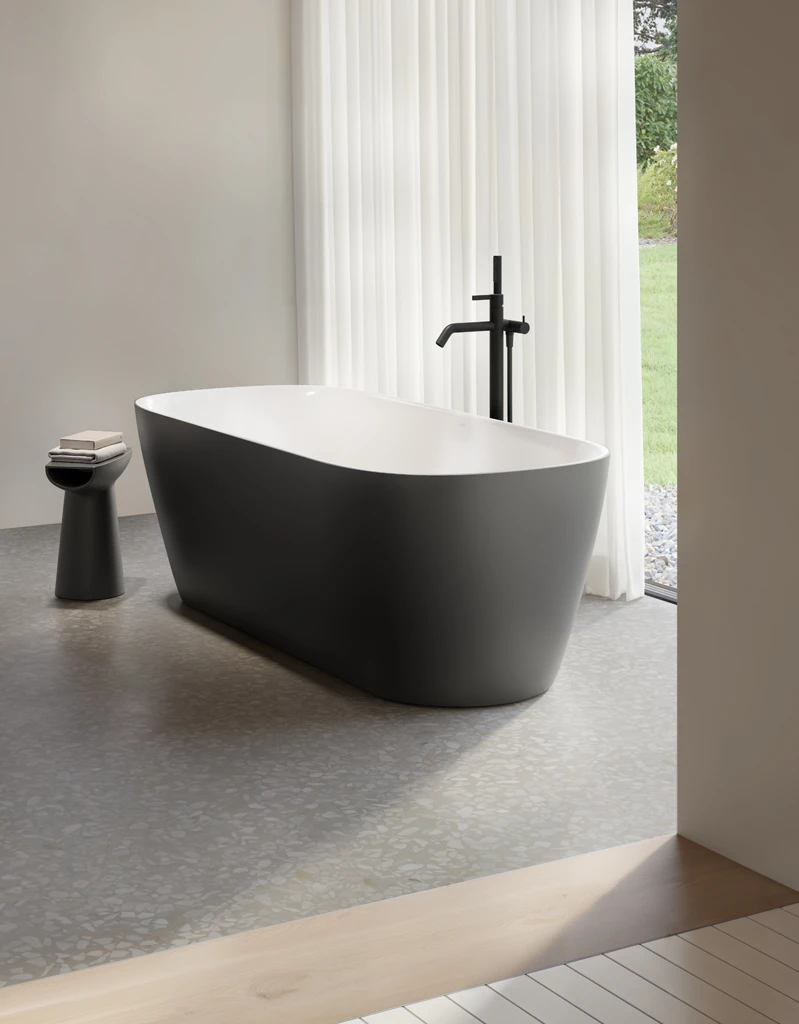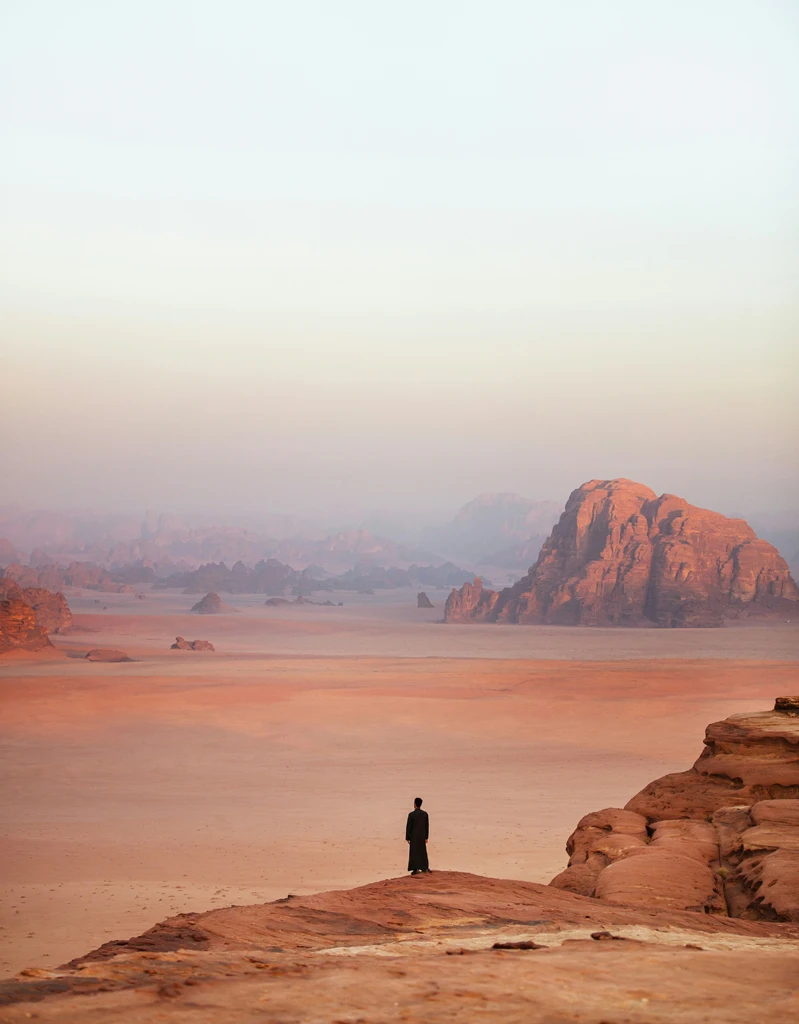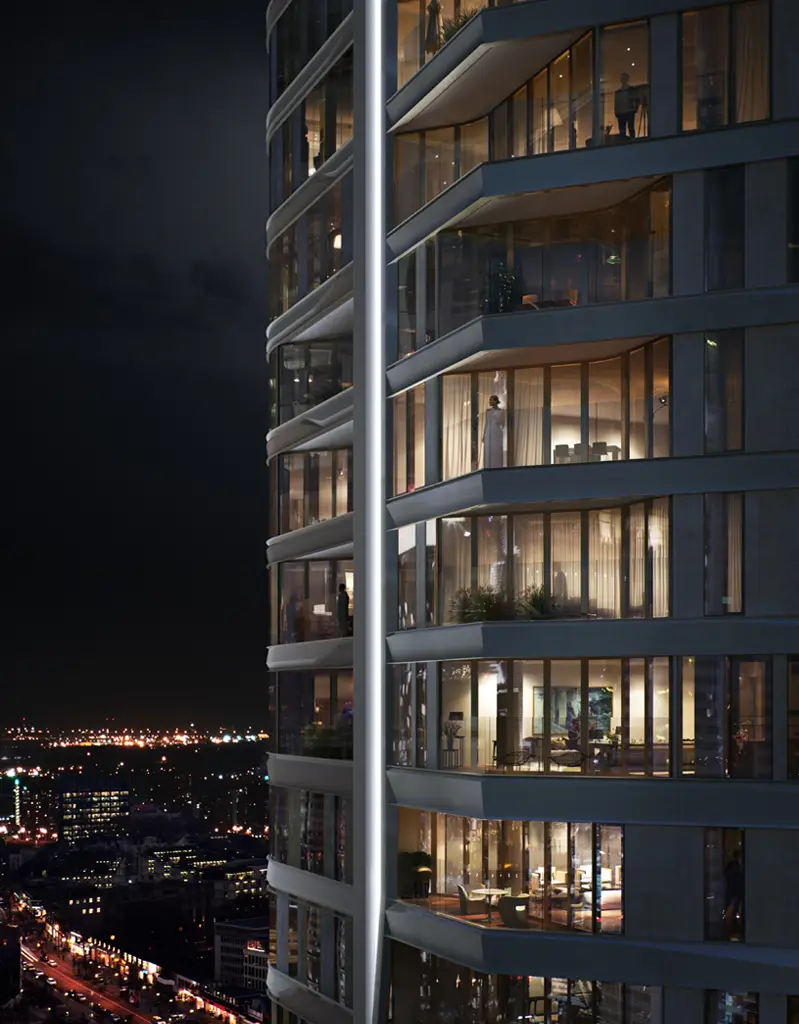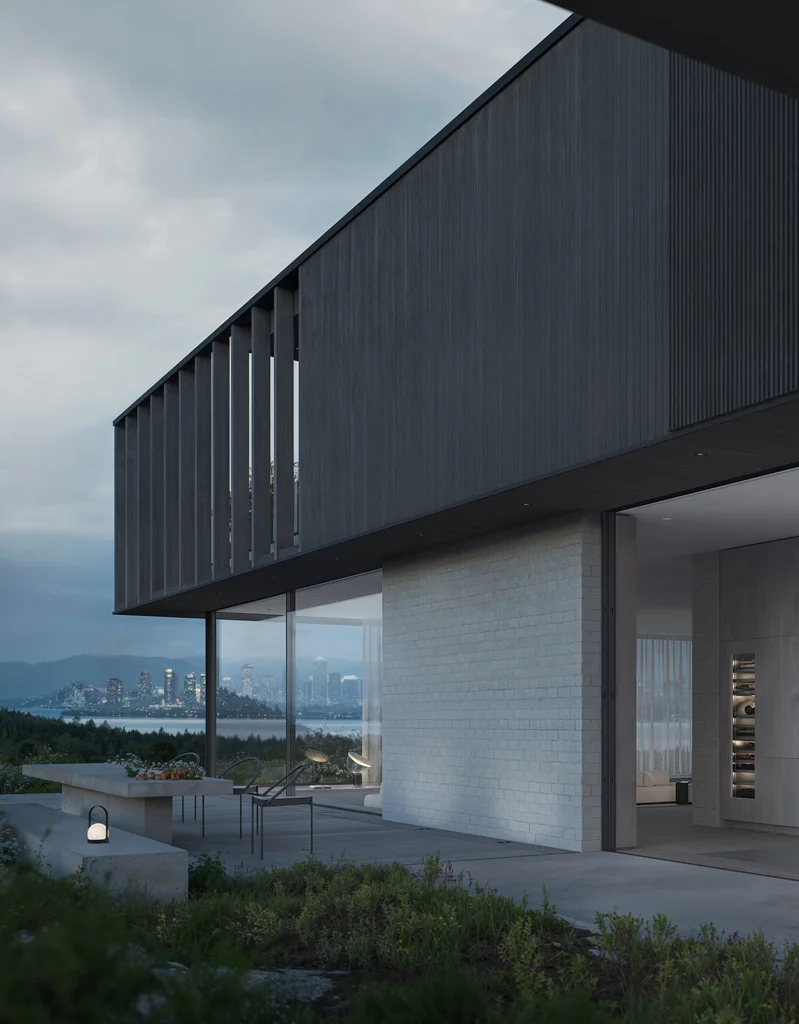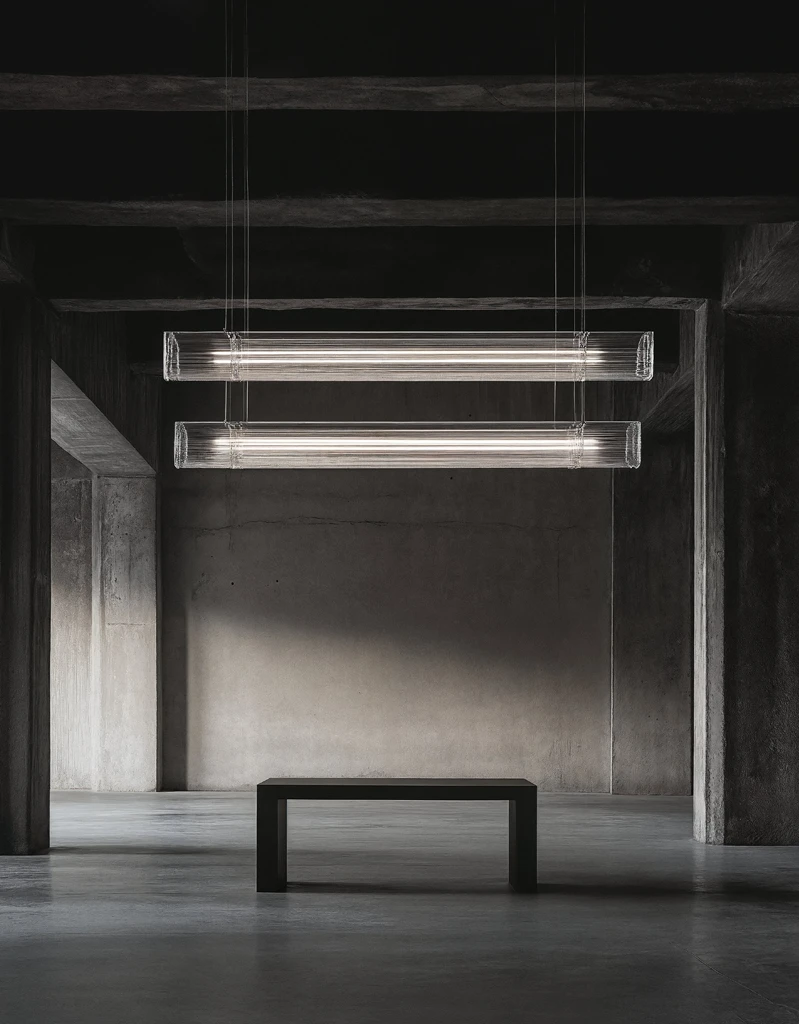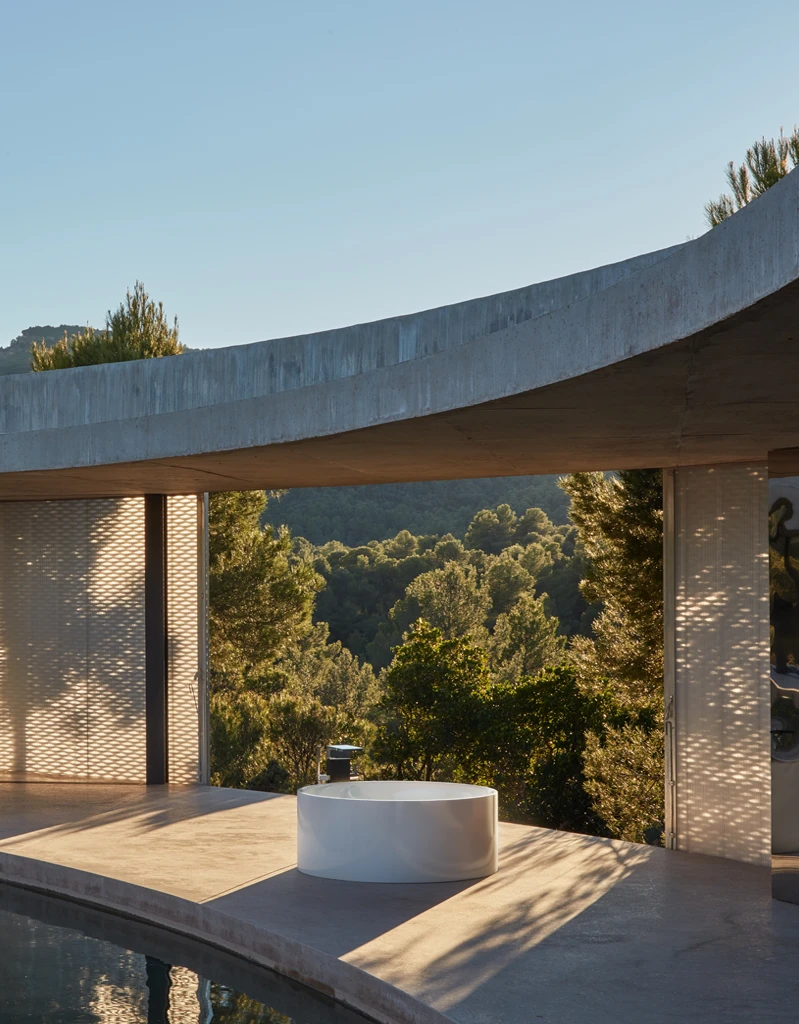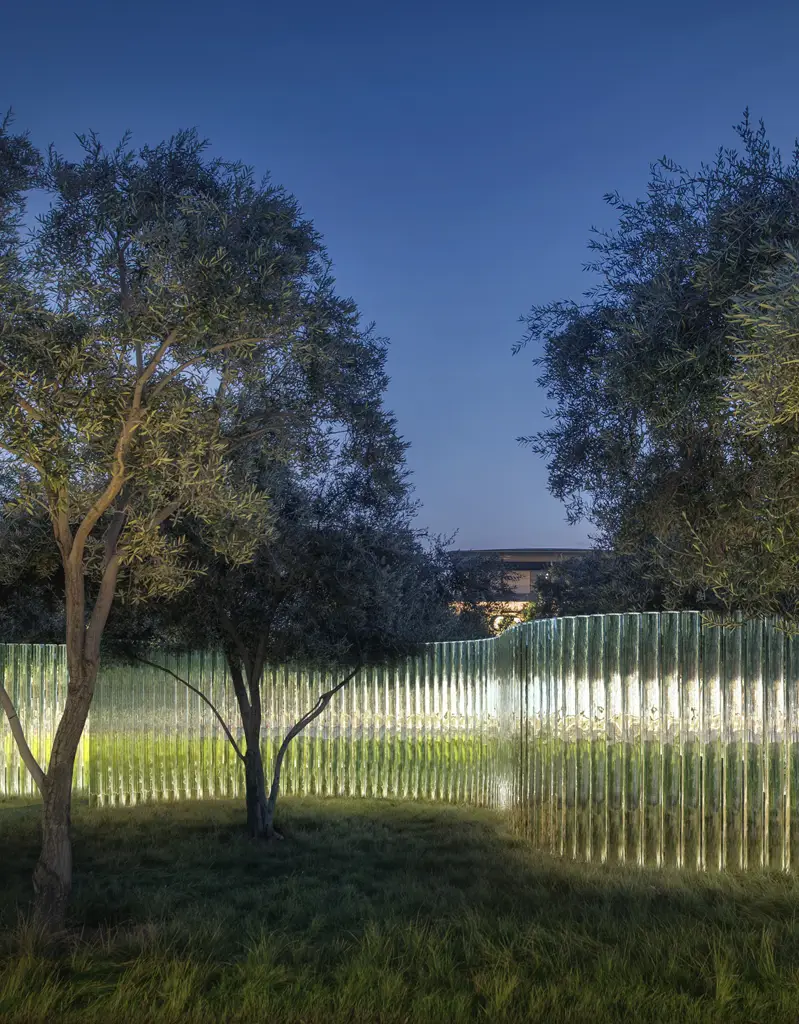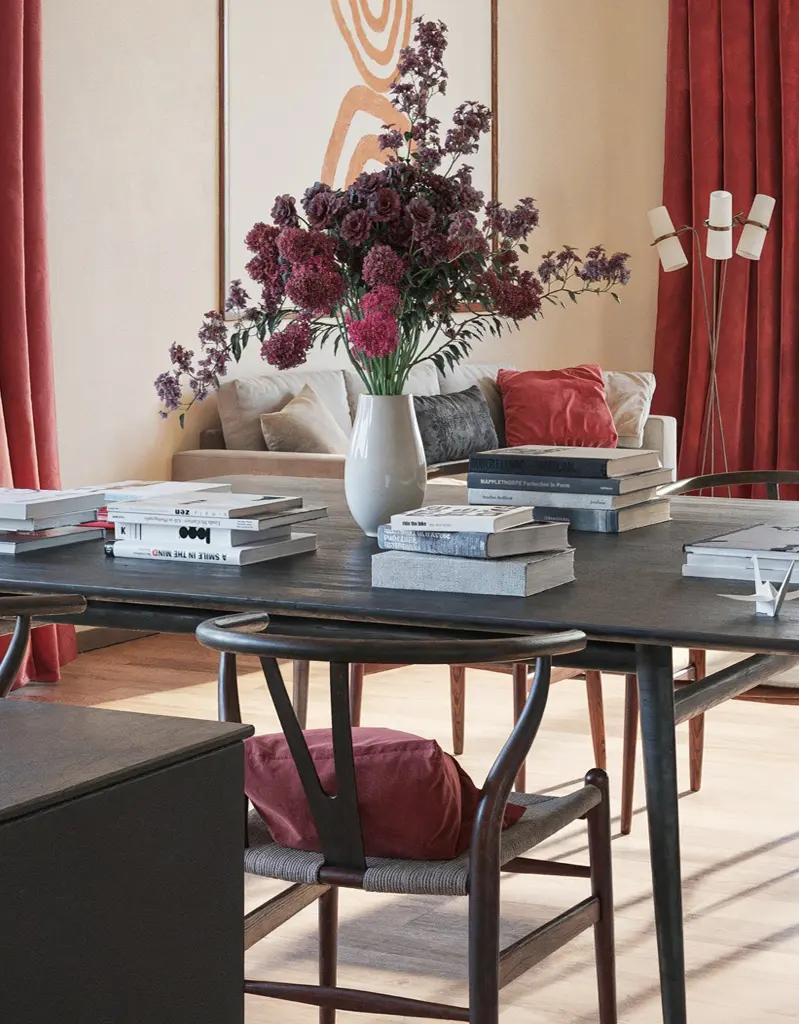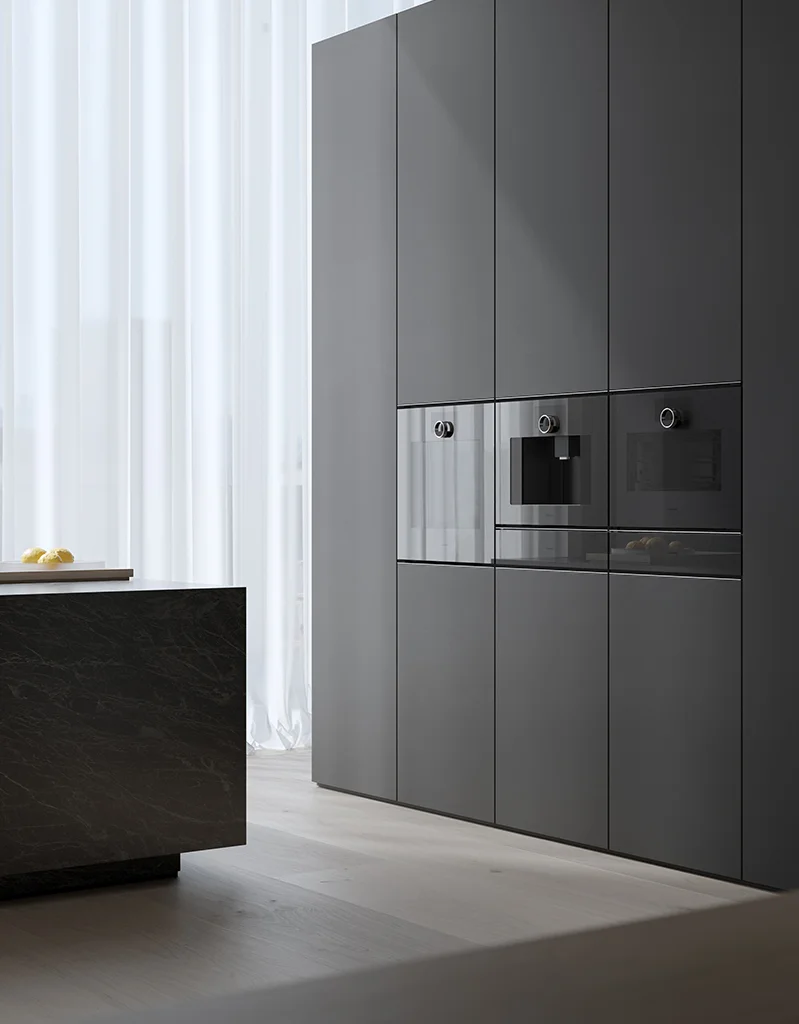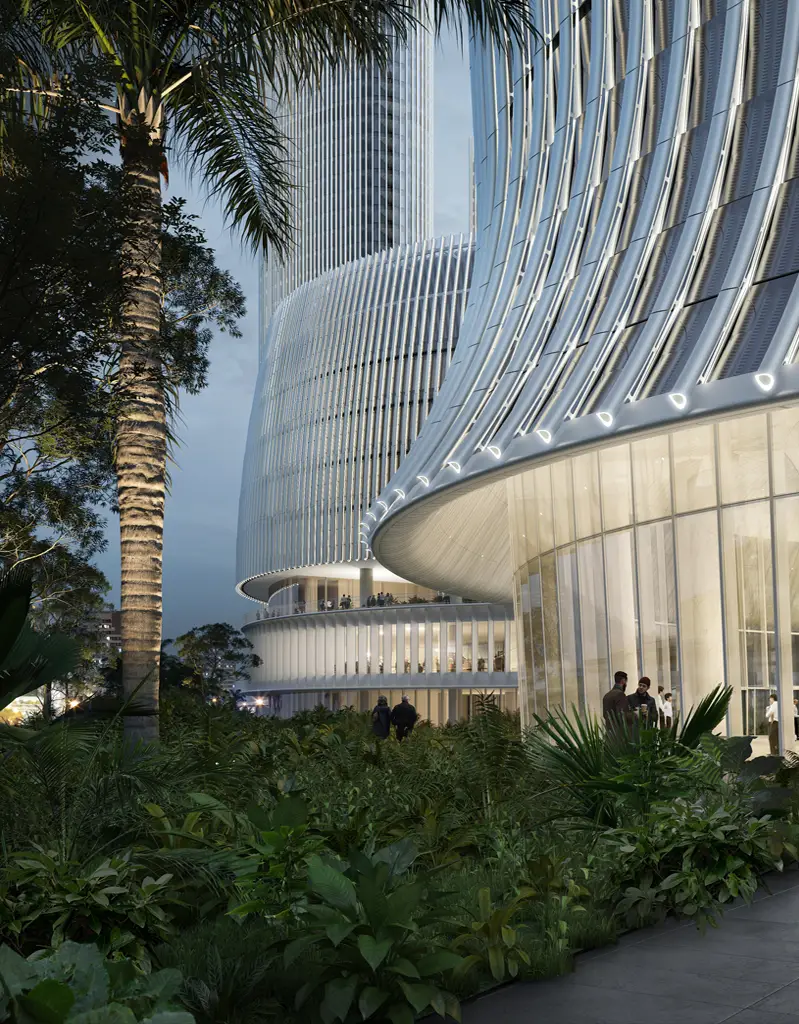
sunset
Lighting conditions
Lighting is a tool for shaping mood, focus, and narrative in architectural visualization. Each lighting condition tells a different story. Whether soft or sharp, dramatic or understated, the light changes how we read a space and what we feel about it. This series explores six essential lighting types, offering a close look at how each one can be used to support design intent and create compelling, believable images.
Sunset
The last light of the day casts a distinct mood. Warm, soft, and low, it creates a sense of atmosphere that’s hard to replicate with other conditions. In interiors, sunset light reaches deep into rooms, wrapping surfaces in golds and oranges that make materials feel tactile and warm. From the outside, the scene becomes layered: portions of the building may already be in shadow, while other parts still catch the last sunlight. This mix can create a beautiful tension—part daylight, part nightfall. As artificial lighting begins to glow from within, the result is both cinematic and grounded. It’s easy to overdo this look, but when handled carefully, sunset light gives architecture a moment of drama that still feels believable.
The last light of the day casts a distinct mood. Warm, soft, and low, it creates a sense of atmosphere that’s hard to replicate with other conditions. In interiors, sunset light reaches deep into rooms, wrapping surfaces in golds and oranges that make materials feel tactile and warm. From the outside, the scene becomes layered: portions of the building may already be in shadow, while other parts still catch the last sunlight.












